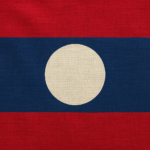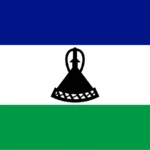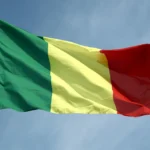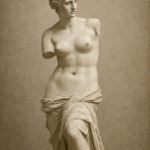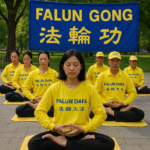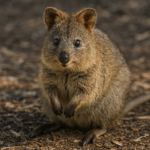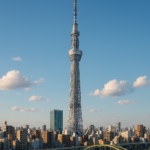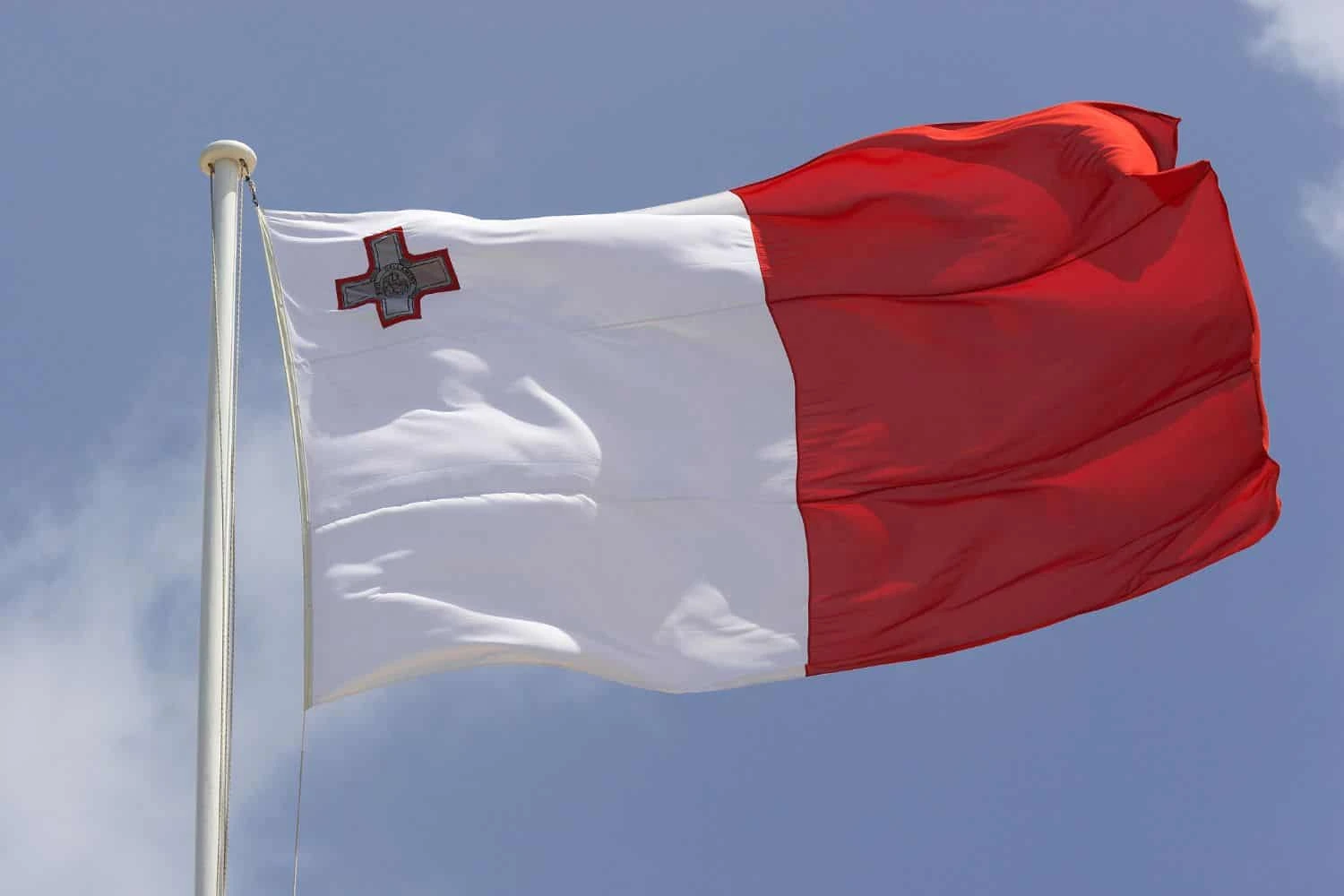
Welcome to our exploration of Malta, a captivating archipelago nestled in the heart of the Mediterranean Sea. Known for its rich history, stunning landscapes, and vibrant culture, Malta offers a treasure trove of fascinating facts that are sure to pique your interest. From ancient temples that predate the pyramids to its unique blend of languages and traditions, this small yet mighty nation is filled with surprises. Join us as we uncover some of the most intriguing aspects of Malta, revealing why it’s a must-visit destination for travelers and history enthusiasts alike. Get ready to dive into the wonders of this enchanting island!
Churches in Malta: Malta is renowned for its rich religious heritage, boasting a remarkable 365 churches, one for each day of the year. This abundance of churches reflects the deep-rooted Catholic faith of the Maltese people, with many of these structures showcasing stunning Baroque architecture. Notable examples include the St. John’s Co-Cathedral in Valletta, which is famous for its ornate interior and Caravaggio paintings, and the Rotunda of Mosta, which features one of the largest domes in Europe. These churches serve not only as places of worship but also as cultural and historical landmarks, drawing visitors from around the world.
EU Membership: Malta became a member of the European Union on May 1, 2004, marking a significant milestone in its modern history. This accession was part of a larger enlargement of the EU that included several other Eastern and Southern European countries. Joining the EU has had profound effects on Malta’s economy, governance, and international standing, providing access to a larger market, funding for development projects, and the opportunity to participate in EU decision-making processes. Since joining, Malta has actively engaged in various EU initiatives, contributing to discussions on economic policy, migration, and security.
Language: Malta has a unique linguistic heritage, with Maltese being the national language. Maltese is a Semitic language derived from Arabic, but it has been heavily influenced by Italian and English, making it distinct in the Mediterranean region. While Maltese is spoken by the majority of the population, English is also widely used, especially in business, education, and tourism. This bilingualism facilitates communication with international visitors and enhances Malta’s appeal as a tourist destination, as many locals are fluent in English and can easily assist travelers.
Geographical Location: Geographically, Malta is situated approximately 179 miles (288 km) north of Africa and around 58 miles (93 km) south of Sicily, making it a strategic point in the Mediterranean Sea. This location has historically made Malta an important naval base and trading post, influencing its cultural and historical development. The archipelago consists of three main islands: Malta, Gozo, and Comino, each with its own unique character and attractions. The Mediterranean climate, with warm summers and mild winters, further enhances its appeal as a destination for tourists seeking sun and sea.
Population and Size: With a population of around 400,000, Malta is one of the most densely populated countries in the world. The three islands—Malta, Gozo, and Comino—cover a total area of just 122 square miles (316 square km), highlighting the compact nature of the archipelago. This small size contributes to a close-knit community, where many residents know each other. Despite its limited land area, Malta offers a diverse range of landscapes, from rocky coastlines to sandy beaches, and a rich tapestry of cultural experiences, making it a vibrant place to live and visit.
St. Paul’s Shipwreck: The island of Malta holds historical significance as the site where the Apostle Paul was shipwrecked in 60 A.D. while traveling to Rome. This event is chronicled in the New Testament and is believed to have played a crucial role in the introduction of Christianity to the Maltese islands. The site of the shipwreck, known as St. Paul’s Bay, has become a point of interest for religious pilgrims and tourists alike. The legacy of this event is still celebrated in Malta today, with various churches and monuments dedicated to St. Paul, reinforcing the island’s strong Christian heritage.
Record for Storybook Characters: Malta once held the record for the largest gathering of people dressed as storybook characters, with 453 participants in March 2011 at Chiswick High School. This event showcased the creativity and enthusiasm of the Maltese people and drew attention to the island’s vibrant cultural scene. Although this record was later surpassed in Singapore in 2014, the event remains a memorable highlight in Malta’s history of community celebrations and gatherings, reflecting the island’s spirit of fun and creativity.
Napoleon’s Takeover: In 1798, during his campaign in Egypt, Napoleon Bonaparte seized control of Malta from the Knights of St. John. This takeover was part of Napoleon’s broader strategy to expand French influence in the Mediterranean. The occupation lasted only a couple of years, but it had a lasting impact on Malta’s governance and culture. The French introduced various reforms, including legal and educational changes, which influenced Malta’s development. The subsequent British takeover in 1800 further shaped the island’s modern identity, leading to a unique blend of French, British, and Maltese influences.
Independence from Britain: Malta gained independence from British colonial rule in 1964, marking a pivotal moment in its history. The journey to independence was fueled by a growing sense of national identity and a desire for self-governance among the Maltese people. The transition was relatively peaceful, culminating in the establishment of Malta as a sovereign nation within the Commonwealth. This newfound independence allowed Malta to pursue its own political, economic, and social policies, ultimately shaping its future. Since then, Malta has developed into a parliamentary republic, with a strong emphasis on democratic governance and active participation in international affairs.
Kinnie: Malta is known for its unique soft drink, Kinnie, which has been a local favorite since its introduction in 1952. This non-alcoholic beverage has a distinctive taste, characterized by a blend of bitter orange and aromatic herbs, making it a unique offering in the beverage market. Kinnie is often enjoyed on its own or as a mixer in cocktails, and it has become a symbol of Maltese culture. The drink is widely available across the islands and is a popular choice among both locals and tourists looking to experience authentic Maltese flavors. Kinnie’s popularity has even led to its exportation to various countries, allowing people around the world to taste this unique Maltese creation.
Endemic Wildlife: Malta is home to a variety of endemic wildlife, showcasing its unique biodiversity. Among these are the Maltese Ruby Tiger Moth, Schembri’s Spider Fly, and the Maltese Field Beetle, all of which are found nowhere else in the world. The presence of these species highlights the ecological significance of the islands and the importance of conservation efforts to protect their natural habitats. The Maltese landscape, with its diverse ecosystems, provides a range of environments for these species to thrive, from rocky coastlines to agricultural fields. The islands’ rich biodiversity is a point of pride for the Maltese people and contributes to their identity as stewards of their natural heritage.
Local Desserts: Maltese cuisine features a variety of delicious desserts, with two standout favorites being kannoli and Helwa tat-Tork. Kannoli are fried pastries filled with a sweet ricotta cheese mixture, often flavored with citrus zest or chocolate, and dusted with powdered sugar. They are a popular treat during festive occasions and celebrations. Helwa tat-Tork, on the other hand, is a traditional sweet made from a mix of whole and broken almonds, sugar, and rosewater, resulting in a chewy, flavorful confection. Both desserts reflect the island’s culinary heritage and are enjoyed by locals and visitors alike, often served during family gatherings and special events.
Famous Personalities: Malta has produced a number of notable individuals across various fields, contributing to its cultural richness. Among them is Jon Cassar, a renowned producer and director best known for his work on the television series “24.” Additionally, actress Emma Heming, who appeared in films like “RED 2,” and Andrei Claude, known for his role in “Game of Thrones,” are also part of the Maltese diaspora. These personalities have helped put Malta on the map in the entertainment industry, showcasing the talent that originates from this small island nation. Their achievements inspire pride among the Maltese people and highlight the diverse contributions of Maltese individuals to global culture.
Submerged Land Bridge: Historically, Malta was once connected to Sicily via a submerged land bridge that was approximately 330 feet deep. This geological feature is believed to have existed during periods of lower sea levels, allowing for the migration of species and human settlements between the islands. The connection played a crucial role in shaping Malta’s early inhabitants and their interactions with neighboring cultures. Today, the remnants of this land bridge are of interest to researchers studying the geological and ecological history of the Mediterranean region, providing insights into how land formations have influenced human activity over millennia.
Footballing Defeat: In 1983, Malta experienced its most significant footballing defeat when they lost 12-1 to Spain in a match that has since been shrouded in controversy. Many claim that the game was fixed to allow Spain to progress in the 1984 European Championship, casting a shadow over the integrity of the match. Despite the defeat, the event remains a notable moment in Malta’s football history and serves as a reminder of the challenges faced by smaller nations in international competitions. The Maltese national team continues to strive for success in football, fostering a sense of national pride and unity among its supporters.
Olympic Ranking: As of November 2016, Malta ranked 156th in the Olympic standings. The country had seven participants in the 2016 Olympics but unfortunately did not secure any medals. Despite this, the participation of Maltese athletes in the Olympics is a source of pride for the nation, showcasing their dedication and hard work in various sports. The Maltese Olympic Committee continues to support athletes in their pursuit of excellence, encouraging the development of sports at all levels within the country. Efforts are being made to enhance training facilities and provide better resources for aspiring athletes, with the hope that future generations will achieve greater success on the Olympic stage. The spirit of sportsmanship and national pride remains strong in Malta, as the country continues to support its athletes in their endeavors.
Largest Catherine Wheel: On June 18, 2011, in Mqabba, Malta, the Lily Fireworks Factory constructed the largest Catherine wheel ever recorded, boasting a diameter of just over 105 feet (32 meters). This impressive feat was part of a traditional fireworks display that is a significant aspect of Maltese culture, particularly during local festas and celebrations. The Catherine wheel, a type of firework designed to spin and create vibrant displays of light and color, symbolizes the artistry and craftsmanship of Maltese pyrotechnicians. The event drew large crowds and showcased the community’s enthusiasm for fireworks, which are an integral part of Maltese festivities, representing joy, celebration, and cultural heritage. The creation of the largest Catherine wheel not only set a record but also highlighted the skill and creativity of those involved in Malta’s fireworks industry.
Frequently Asked Questions about Malta:
1. What is Malta known for?
Malta is renowned for its rich historical heritage, stunning architecture, and beautiful coastlines. It is home to some of the oldest free-standing structures in the world, such as the Megalithic Temples of Malta. The capital city, Valletta, is a UNESCO World Heritage site, known for its baroque architecture and vibrant culture. Additionally, Malta’s clear blue waters and picturesque beaches make it a popular destination for tourists seeking both relaxation and adventure.
2. What languages are spoken in Malta?
The official languages of Malta are Maltese and English. Maltese is a Semitic language derived from Arabic, with influences from Italian and English. English is widely spoken and is used in government, education, and business. Many Maltese people are bilingual, making communication easy for visitors.
3. What is the best time to visit Malta?
The best time to visit Malta is during the spring (April to June) and fall (September to October) when the weather is pleasant, and tourist crowds are smaller. Summers can be hot and crowded, especially in July and August, while winters are mild but wetter. This makes spring and fall ideal for exploring the islands and enjoying outdoor activities.
4. What are some must-see attractions in Malta?
Some must-see attractions in Malta include:
- Valletta: The capital city, known for its historical sites, including St. John’s Co-Cathedral and the Grand Master’s Palace.
- Mdina: The ancient capital, often referred to as the “Silent City,” with its narrow streets and medieval architecture.
- Gozo: Malta’s sister island, famous for its scenic landscapes, the Azure Window (now collapsed), and the Ggantija Temples.
- Blue Lagoon: Located on Comino, this stunning bay is famous for its crystal-clear waters and is perfect for swimming and snorkeling.
5. Is Malta safe for tourists?
Yes, Malta is generally considered a safe destination for tourists. The crime rate is low, and violent crime is rare. However, like any travel destination, it’s advisable to take standard safety precautions, such as being aware of your surroundings, securing your belongings, and avoiding poorly lit areas at night.
6. What is the currency used in Malta?
Malta uses the Euro (€) as its currency. As a member of the European Union, Malta adopted the Euro in 2008. Credit and debit cards are widely accepted, and ATMs are readily available throughout the islands.
7. What traditional foods should I try in Malta?
Malta boasts a rich culinary heritage influenced by various cultures. Some traditional dishes to try include:
- Pastizzi: Flaky pastries filled with ricotta cheese or mushy peas.
- Fenkata: A traditional rabbit stew, often served with potatoes and vegetables.
- Ħobż biż-żejt: A popular sandwich made with Maltese bread, olive oil, tomatoes, and various fillings.
- Kinnie: A local soft drink made from bitter oranges and aromatic herbs.
8. How do I get around Malta?
Getting around Malta is relatively easy. Public transportation is available through a network of buses that connect major towns and attractions. Renting a car is also an option, but be aware that driving is on the left side of the road. Taxis and ride-sharing services are available as well. For shorter distances, consider walking or using bicycles, especially in urban areas.
9. What cultural events take place in Malta?
Malta hosts a variety of cultural events throughout the year, including:
- Feasts (Festa): Celebrated in various towns, these festivals honor patron saints with processions, fireworks, and local food.
- Carnival: A lively celebration held before Lent, featuring colorful parades, costumes, and music.
- Malta International Arts Festival: An annual event showcasing local and international artists in various disciplines, including music, dance, and visual arts.
10. Do I need a visa to visit Malta?
Citizens of the European Union, Schengen Area countries, and several other nations do not require a visa for short stays in Malta. However, travelers from other countries may need to apply for a Schengen visa. It’s essential to check the latest visa requirements based on your nationality before planning your trip.
